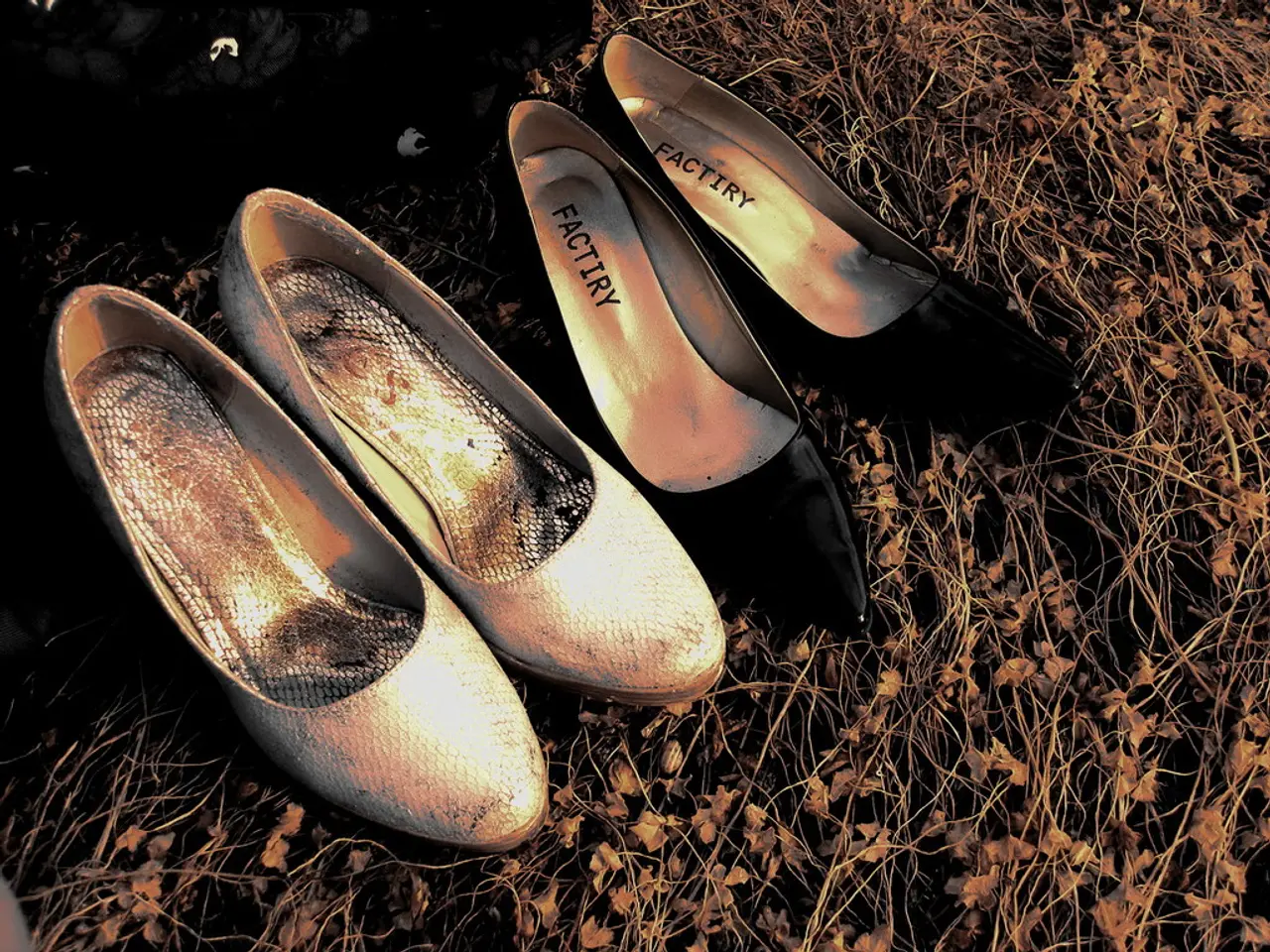Top 4 Weightlifting Footwear Recommendations and Guidelines for Selection
Weightlifting Shoes: A Game-Changer for Serious Lifters
Weightlifting shoes are specifically designed to enhance performance and technique in weightlifting activities. Unlike other sports shoes, they offer unique benefits that make them ideal for serious weightlifters.
One of the key advantages of weightlifting shoes is enhanced stability. The very firm, flat, and sturdy sole reduces side-to-side foot sway during lifts, helping lifters maintain balance under heavy loads and improve control.
Another benefit is the elevated heel height. Typically around 2–2.5 cm, the raised heel allows for greater ankle dorsiflexion, enabling a deeper squat with a more upright torso position and reducing forward lean. This facilitates better squat mechanics and can improve lifting efficiency.
Weightlifting shoes also feature feet lockdown, with straps that securely lock the foot in place, preventing slippage inside the shoe and ensuring force is transmitted efficiently from foot to ground.
The durable, non-compressible sole ensures minimal energy loss and maximal force transfer during lifts such as squats, cleans, and snatches. Unlike running or cross-training shoes, weightlifting shoes have very hard, non-compressible soles, ensuring optimal performance.
Weightlifting shoes also offer some support and ankle protection, although not as specialized as wrestling shoes. They provide good ankle support for stability during movements.
In comparison, other athletic shoes such as running, basketball, or wrestling shoes may offer more cushioning or flexibility but generally lack the firm, flat sole and heel elevation critical for optimal weightlifting technique and performance.
For example, wrestling shoes provide grip and support but have different sole characteristics and no structured heel elevation like dedicated lifting shoes.
The NoBull Men's Lifters, a popular choice among weightlifters, are available in a wide range of sizes for men, from size 8 to 18. However, some customers have found them tight around the toes and not true to size.
Converse shoes are also popular among weightlifters due to their hard and flat sole, which can help with grounding and ankle support. However, the NoBull Men's Lifters are leather, which may not be suitable for people following a vegan lifestyle.
Another option for weightlifting shoes is the Under Armour Women's TriBase Regin 4 Training Shoes. These shoes are designed for weight training and are built with a lightweight and breathable mesh. They feature an external heel clip to increase stability and an internal heel counter.
However, some customers have found the sizes of these shoes smaller than expected. They are more affordable, coming in at approximately $120.
Finding the right weightlifting shoe can help lifters use proper alignment, reduce their risk of injury, and make the most of their workouts. It's important to choose shoes designed specifically for the sports one engages in. Flat shoes can help weightlifters stabilize themselves by allowing them to feel the ground better than in cushioned shoes.
In conclusion, weightlifting shoes are purpose-built to enhance lifting form, balance, and force transfer, making them superior to general athletic shoes for serious weightlifting activities.
Weightlifting shoes are not just footwear for serious lifters; they are a vital tool for optimizing performance, stability, and technique in weightlifting activities. In terms of health-and-wellness and fitness-and-exercise, these shoes can help reduce the risk of injury and improve accuracy, making them a crucial addition to any serious weightlifter's lifestyle. Unlike other sports shoes like running or basketball shoes, weightlifting shoes prioritize a firm, flat sole and heel elevation for enhanced ankle dorsiflexion and stability, essential factors in weightlifting exercises.




